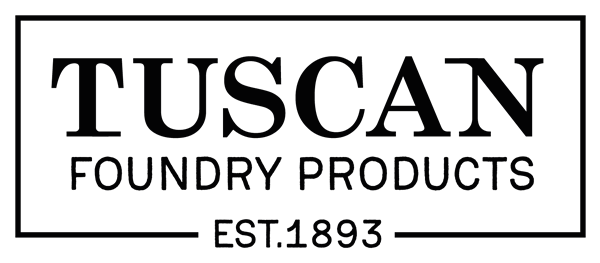

There are different types of dampness. They are classified according to their source and the distinction between them is important to understand because each requires different treatments. The sources of dampness fall into two main categories:
Rainwater penetration refers to the ingress of rainwater at various points in the external envelope of a building. It can occur directly through roofs, chimneys and openings, such as windows and doors. It can also happen indirectly, for example, via spillage from a blocked or leaking gutter or gulley through an external wall or ground floor. Rainwater penetrates buildings by various mechanisms, for example, gravity, wind pressure and capillary action.
Rainwater penetration usually produces well defined damp patches or leaks. The dampness may evaporate in a few days but will reappear after a period of heavy rain. The symptoms of rainwater penetration internally include stains and peeling paint on ceilings, external walls and chimney breasts. Outside, signs of rainwater penetration may be dark patches that appear after rain, especially on the more exposed parts of a building, such as chimneys, parapets and south west or west-facing walls, as well as near gutters and downpipes. Patches of green algal growth externally are also commonly attributable to rainwater penetration. (See figures Sa and Sb.)
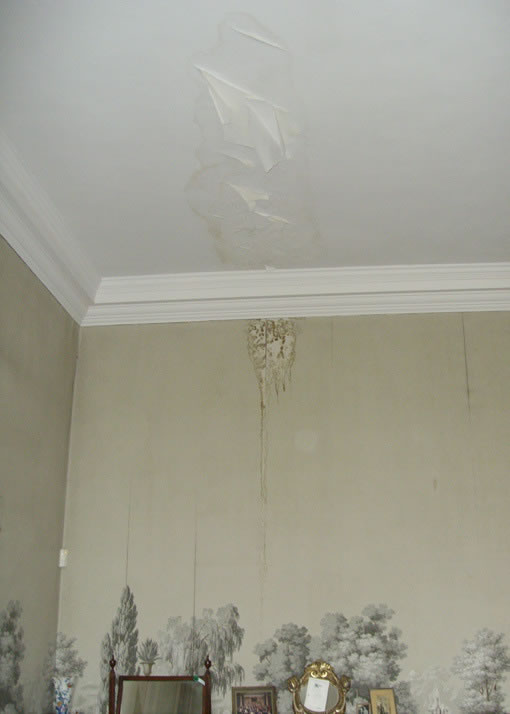

Below-ground moisture problems relate to the entry of groundwater into a building. This may take place laterally, for example, through a cellar wall under hydrostatic pressure. Alternatively, moisture may enter via upward movement through the bases of walls or floors. This is often due to capillary action, where the result is termed ‘rising dampness: Rising dampness is usually much less of a problem than commonly supposed. It may extend only 10 to 50 mm above the internal floor level in walls, though can rise to 900 mm or higher, depending on the external ground levels, masonry type, water table level and evaporation rate. (See figure 6.)
The symptoms of groundwater moisture in a building include moist patches on floors and damp floor perimeters. The level of the water table can vary but in general the dampness is more constant than that arising from rainwater penetration. Contaminating salts may be seen as white deposits or feathery crystals. On walls, the effects of rising dampness exhibit a sharp change from wet to dry or a ‘tidemark’ stain on finishes. They can also include peeling paint, rotten skirting boards, and possibly mould and an accompanying musty smell.
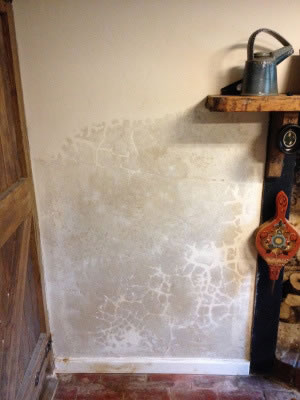
The escape of liquid water inside a building from water supply or waste water systems will cause dampness or localised flooding. This may arise where tanks, pipes, valves, radiators, sanitary fittings and appliances, such as washing machines, develop leaks. Dripping overflow pipes for WC cisterns are a further source. (See figures 7a and 7b.)
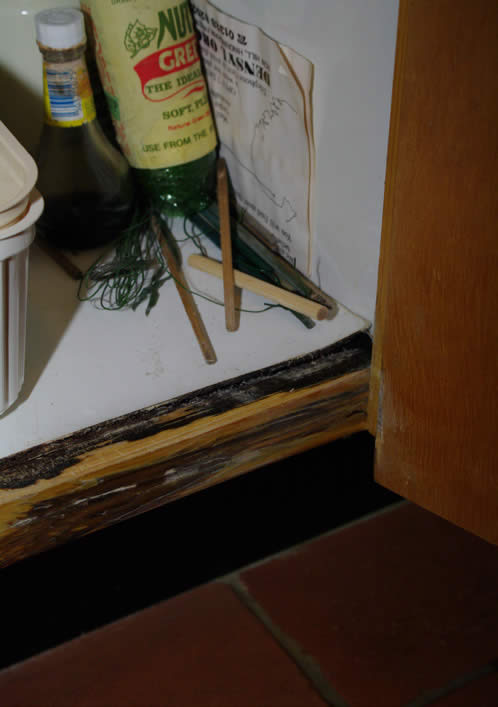
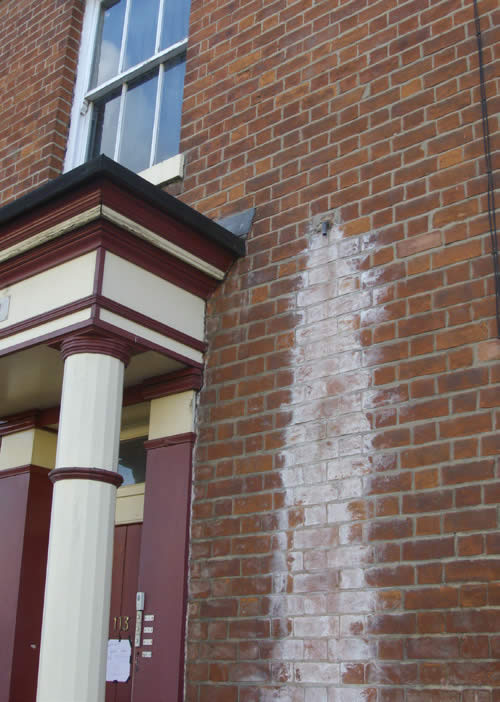
The symptoms are localised stains, sometimes with a fan-like pattern, and a presence of moisture that is unrelated to the weather. Plumbing leaks may be associated with mould growth, as well as decay in ducts or voids (although this will frequently not be immediately visible) and can, therefore, result in severe decay if there has been even a slight but long-term problem. Leaks can sometimes be heard or noticed because of higher than usual water bills.
Condensation is the release of water that occurs internally when air comes into contact with colder building components so is cooled to its dewpoint temperature and can carry less moisture as vapour. Condensation is, therefore, dependent upon the temperature of surfaces and the humidity of the surrounding air.
Condensation commonly affects rooms where a large amount of moisture is produced, such as kitchens, bathrooms and bedrooms. It is also found in areas where ventilation is inadequate, particularly in lofts, subfloor voids and chimney flues.5 Wardrobes and cupboards built against external walls are often badly affected, as well as room corners and walls behind furniture or pictures. North-facing walls are particularly prone to condensation problems. Condensation is an intermittent form of dampness. It is usually worse in rainy weather but is not dependent on rain.
The condensate will form tiny droplets of moisture on hard, shiny surfaces, for example, glass, metal or plastic-based paint. Because single-glazed windows commonly provide the coldest surface inside a room or space in winter, condensation usually forms on these first – with the glazing acting effectively as a dehumidifier. (See figure 8.)
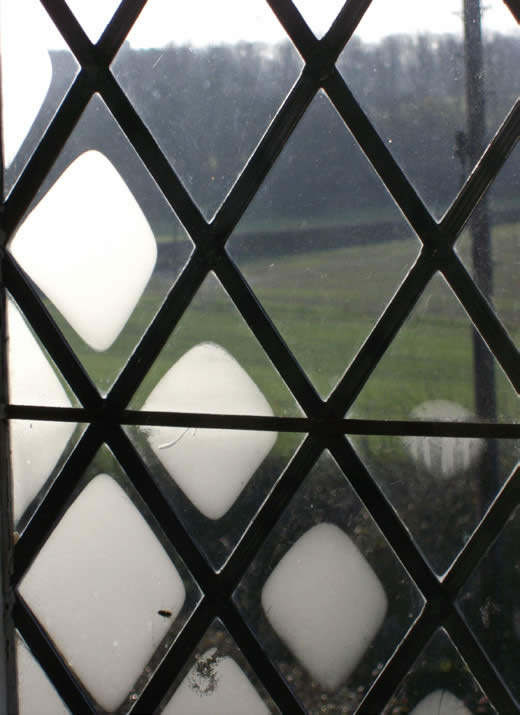
There may be accompanying rot in softwood window frames. Where windows are double glazed, condensation often occurs on the adjacent plaster reveals instead. At other times of the year, surfaces such as stone flags at ground level or the lower part of ground floor walls may be affected.
Condensation on porous surfaces, as with lime plastered walls, is characterised by diffuse areas of moisture. It is often accompanied by black mould on wallpaper and plaster, and white spot mould on timber in voids (see figure 9).The acidic condensate formed within chimney flues will attack mortar and can carry tarry deposits through the brickwork into the building to stain wallpaper or plaster
Interstitial condensation – as opposed to surface condensation – occurs within building elements, such as walls. Water vapour exerts a pressure that causes humid air to move through permeable building materials towards drier air on the other side, usually the outside. Interstitial condensation results when the temperature of the diffusing water vapour falls below its dewpoint within the construction. The resulting dampness will reduce the thermal insulation value of the building fabric, in turn increasing the risk of condensation on the internal surface.
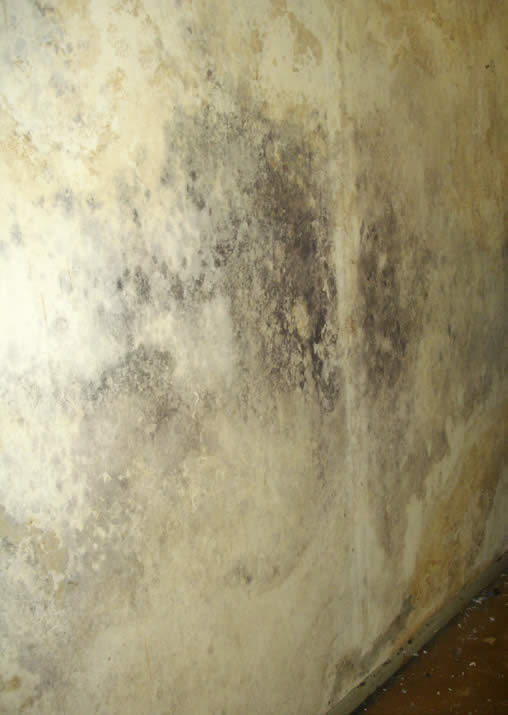
This form of dampness is linked to hygroscopic salts, such as chlorides and nitrates, that absorb moisture from the air when it is humid. Some salts are so hygroscopic (or ‘deliquescent’) that they dissolve in the moisture they absorb. Additionally, as salts cycle through their liquid and crystal phases in response to humidity fluctuations (ie between deliquescence and drying), recrystallisation within the pores of masonry leads to its damage.
Prolonged rising dampness can leave a wall contaminated by hygroscopic salts carried up from the ground (see figure 10). Their presence will keep moisture levels high even after the rising dampness itself has been eliminated. Hygroscopic salts can also be deposited within chimney flues from combustion gases and will remain long after flues have been disused, causing dampness on plasterwork around chimney breasts.
The symptoms of dampness due to hygroscopic salts will be increased moisture levels when conditions are muggy. Salt concentrations may be evident in locations where evaporation occurs but deposits are not always visible.
Efflorescent salts, usually sulfates, also occur in damp buildings. Efflorescence indicates that water has passed through a material, leaving white or off-white salty deposits. Efflorescent salts, while unsightly, are seldom hygroscopic so do not absorb moisture from the atmosphere.
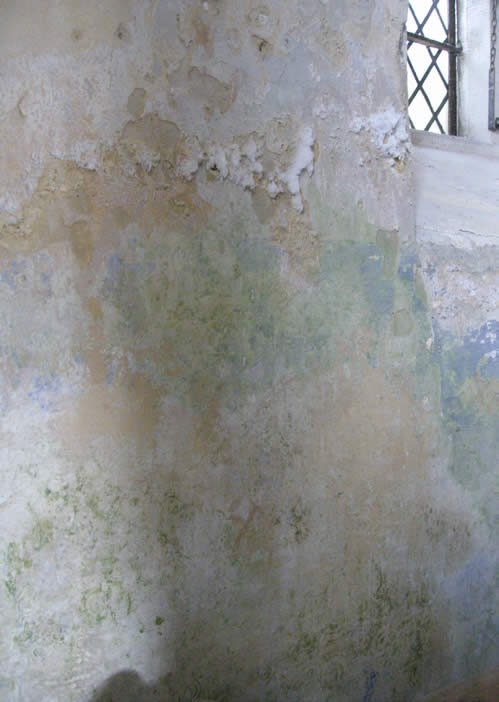
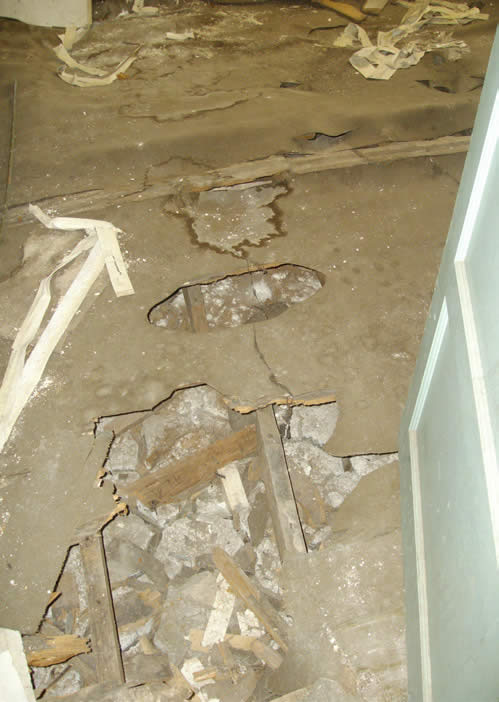
Exceptionally high levels of relative humidity alone can result in dampness, especially under suspended timber ground floors but also in cellars. Wood is hygroscopic so its moisture content varies with the temperature and humidity of the surrounding air. In a normal, dry living environment, the moisture content of timber will generally be between approximately 9 and 16%. Where it exceeds 21%, timber becomes susceptible to fungal decay. The symptoms of dampness resulting from high humidity, therefore, are decayed floor structures, though dry rot fungal decay can also travel across masonry without harming it. (See figure 11).